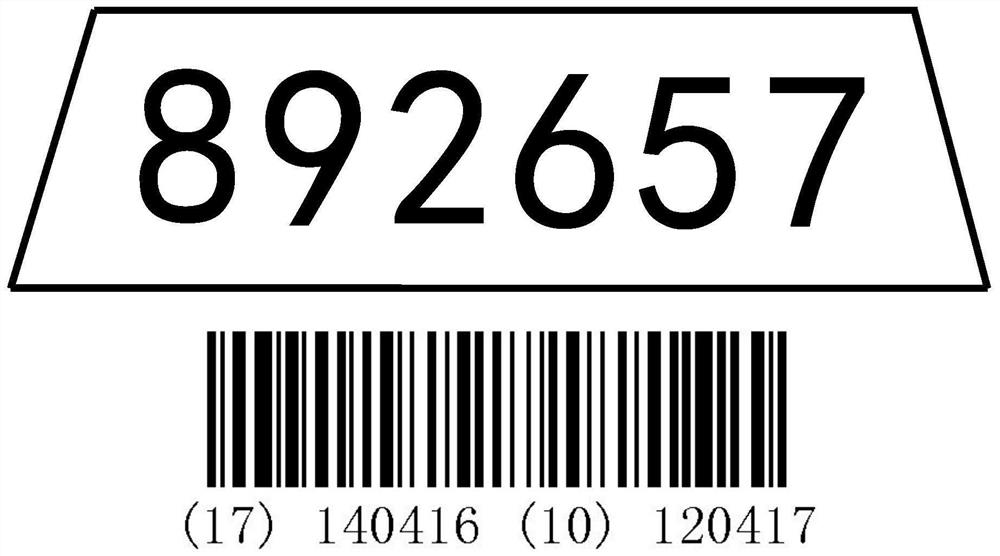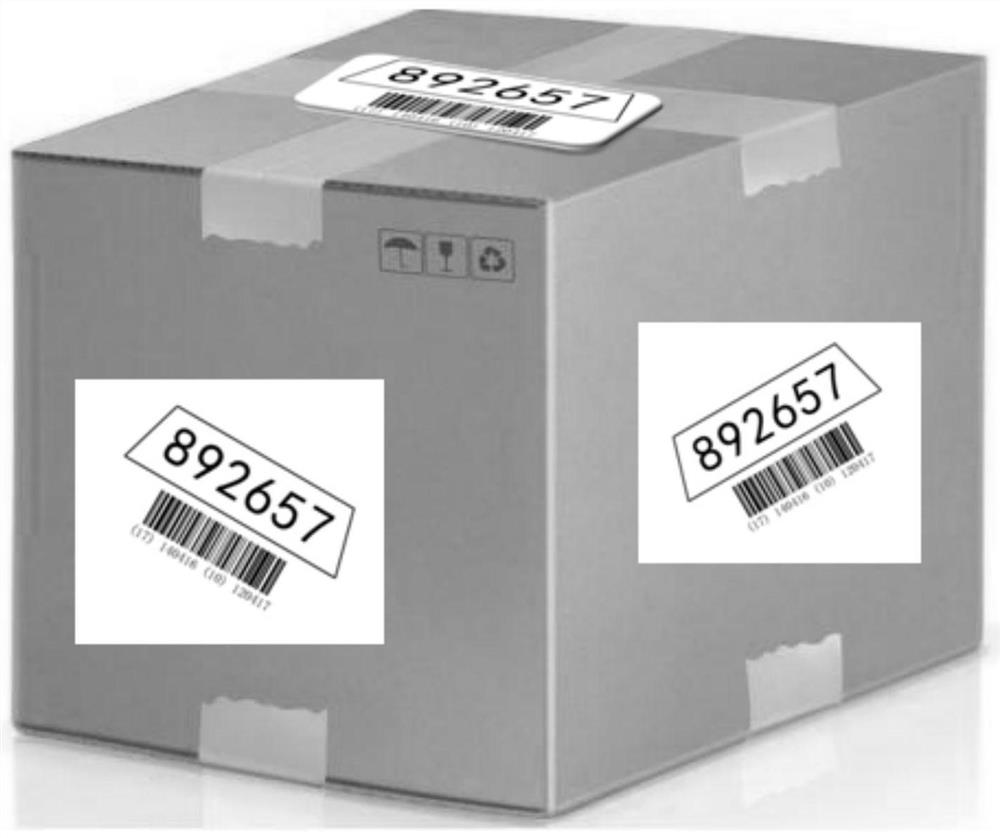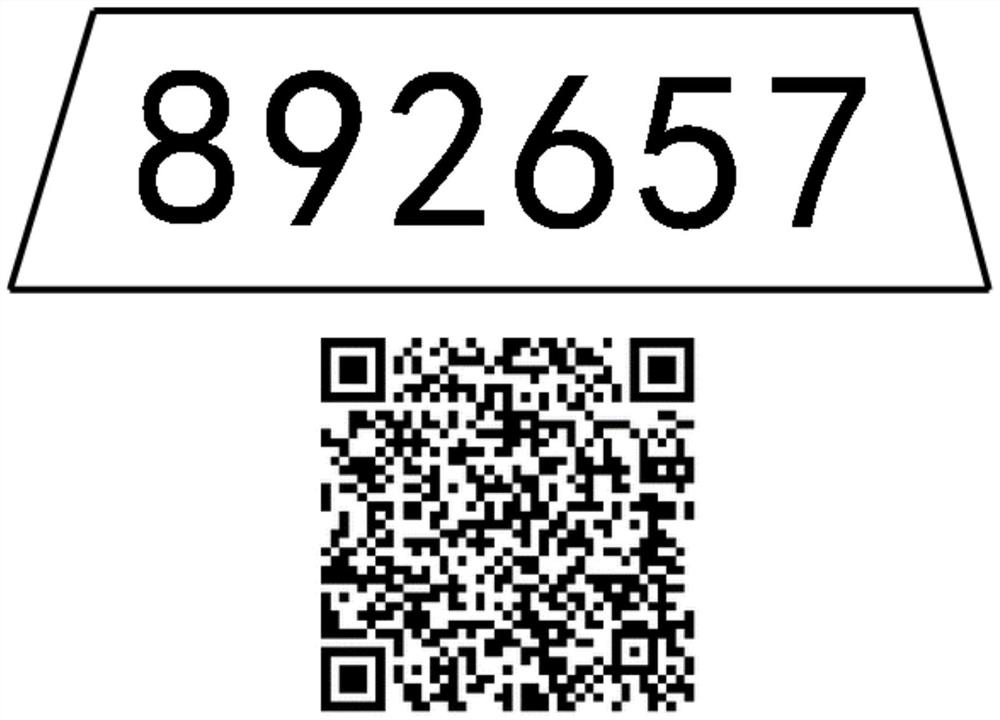A logistics composite code recognition method based on multi-task deep learning
A technology of deep learning and identification methods, which is applied in the fields of collaborative operation devices, biological neural network models, record carriers used by machines, etc., and can solve problems such as positioning and identification of logistics composite codes that are not involved.
- Summary
- Abstract
- Description
- Claims
- Application Information
AI Technical Summary
Problems solved by technology
Method used
Image
Examples
Embodiment approach 1
[0088] refer to Figure 1 to Figure 10 , a logistics composite code recognition system based on multi-task deep learning, such as Figure 10 As shown, the main process is as follows: when the goods to be sorted on the assembly line move to a certain station of the assembly line, the system automatically triggers multiple cameras to take images of the goods from various directions; then, based on the Faster R-CNN goods composite code label detection Positioning to obtain the composite code label image on the cargo image; then, perform affine transformation on the minimum area rectangle of the composite label image; further, segment the image of the composite label after the affine transformation, and segment the label image of the inkjet characters And a one-dimensional barcode image or a two-dimensional barcode image; then, the label image of the obtained inkjet character is used for character recognition based on Faster R-CNN, and the character sequence in the label image of t...
Embodiment approach 2
[0137] The above is similar to Embodiment 1, except that there is no special requirement for the placement of goods on the assembly line.
[0138] Since the face of the composite code label pasted on the goods is not required to face up in this embodiment, it is necessary to adopt a method for obtaining the image of the composite code label in all directions, such as Figure 9 Shown; For express logistics, the goods are on the sorting line, the size of the goods and the position angle of the composite code label pasted on the goods are all uncertain; in order to obtain the image of the composite code label from various angles, in the present invention Five cameras are installed on the top of the assembly line, left, right, front and back, so that images of the composite code labels in all directions of the goods can be captured; in addition, in order to ensure that the composite code labels pasted on the goods can be read accurately, the present invention stipulates that Paste...
Embodiment approach 3
[0140] The above is similar to Embodiment 1, the difference is the positioning and division of the composite code label. In this embodiment, the Faster R-CNN network is used to locate and segment the label part of the coded characters in the composite code, and then according to the position information of the label part of the coded characters and the label part of the coded characters and the one-dimensional barcode or The positional relationship information of the label portion of the two-dimensional barcode is further positioned to segment the label portion of the one-dimensional barcode or the two-dimensional barcode in the composite code label.
PUM
 Login to View More
Login to View More Abstract
Description
Claims
Application Information
 Login to View More
Login to View More - R&D
- Intellectual Property
- Life Sciences
- Materials
- Tech Scout
- Unparalleled Data Quality
- Higher Quality Content
- 60% Fewer Hallucinations
Browse by: Latest US Patents, China's latest patents, Technical Efficacy Thesaurus, Application Domain, Technology Topic, Popular Technical Reports.
© 2025 PatSnap. All rights reserved.Legal|Privacy policy|Modern Slavery Act Transparency Statement|Sitemap|About US| Contact US: help@patsnap.com



